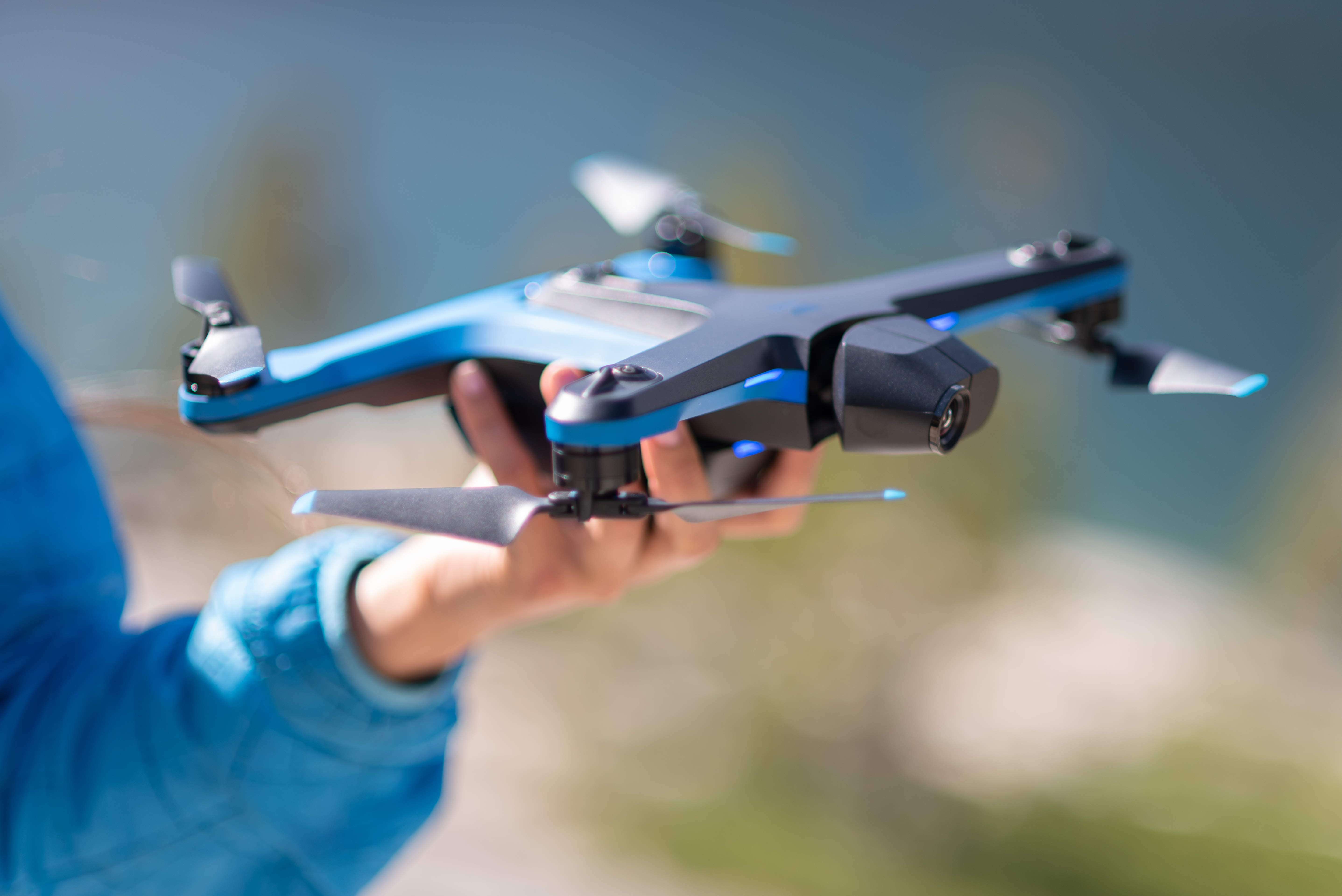Unmanned Aircraft Systems: Current Jurisdictional, Property, and Privacy Legal Issues Regarding the Commercial and Recreational Use of Drones (Appendices)
Sep 16, 2020
Skip to Highlights
Highlights
These are the six detailed Appendices accompanying our Correspondence that summarizes our analysis of the current state of the law on federalism (federal and state jurisdiction) and personal privacy issues that have been raised in connection with the Federal Aviation Administration’s ongoing development of a regulatory framework to safely integrate unmanned aircraft systems (UAS)—commonly known as drones—into the national airspace system. These appendices provide our more detailed analysis of these issues and are organized as follows:
- Appendix I (Federal State, Local, and Tribal Jurisdiction and Regulation of Low-Altitude UAS Operations, Including the Potential Impact of Property Rights in Airspace) describes the key constitutional and statutory authorities that the federal, state, local, and tribal governments believe they have to regulate the operation of civil UAS in low-altitude airspace and discusses differing positions on how these authorities may complement or conflict with each other. We describe how Congress, federal agencies, states, localities, and tribes have implemented and enforced their authorities to address UAS operations using either general or UAS-specific laws; the positions of the Federal Aviation Administration and other stakeholders on the scope of FAA’s authority over low-altitude UAS operations and the impact on that authority and on federal preemption of possible landowner property rights in the airspace above their land (the U.S. vs. Causby issue); and questions and concerns raised by stakeholders about the use of tools such as counter-UAS measures and UAS remote identification (Remote ID) requirements.
- Appendix II (Additional Considerations Involving UAS-related Property Rights in Airspace: Potential Private Claims under State and Federal Law) addresses how one of the issues that has arisen in defining the scope of federal and state authority over low-altitude UAS operations—possible property rights in airspace—also has arisen in determining potential UAS-related private claims under state and federal law. We describe stakeholder positions on possible private claims for “aerial trespass” by drones and for unconstitutional government takings of airspace property.
- Appendix III (Considerations Involving UAS-related Personal Privacy Rights under Federal and State Law) addresses concerns that have been raised about the impact of UAS operations on personal privacy. Among other things, we discuss the statutory and common law authorities that the federal government, states and localities, and stakeholders believe they have to protect personal privacy in the context of UAS operations; address protections of UAS-collected personal data that may be provided by Voluntary Best Practices resulting from an NTIA-convened multi-stakeholder process; and describe stakeholder positions on whether UAS operations raise novel privacy issues, whether existing law adequately addresses such issues, and what types of additional protections may be needed.
- Appendix IV (State UAS-Specific Laws, Resolutions, and Executive Orders) is a chart summarizing the UAS-specific laws, resolutions, and executive orders that states have enacted or passed as of 2019, based on annual compilations by the National Conference of State Legislatures.
- Appendix V (Evolution of Property Rights in Airspace) provides additional background on the evolution of private property rights in airspace, given the possible impact such rights may have on federal and state authority over UAS operations and on landowner claims. We describe the impact of manned aviation on the development of airspace property rights as well as recent efforts to define these rights in the context of UAS operations.
- Appendix VI (List of Interviewees) explains our methodology in obtaining stakeholder views on the legal issues addressed in this report and identifies the 66 individuals and entities we interviewed.

Source: Skydio./www.gao.gov
Downloads
GAO Contacts
Susan Sawtelle
